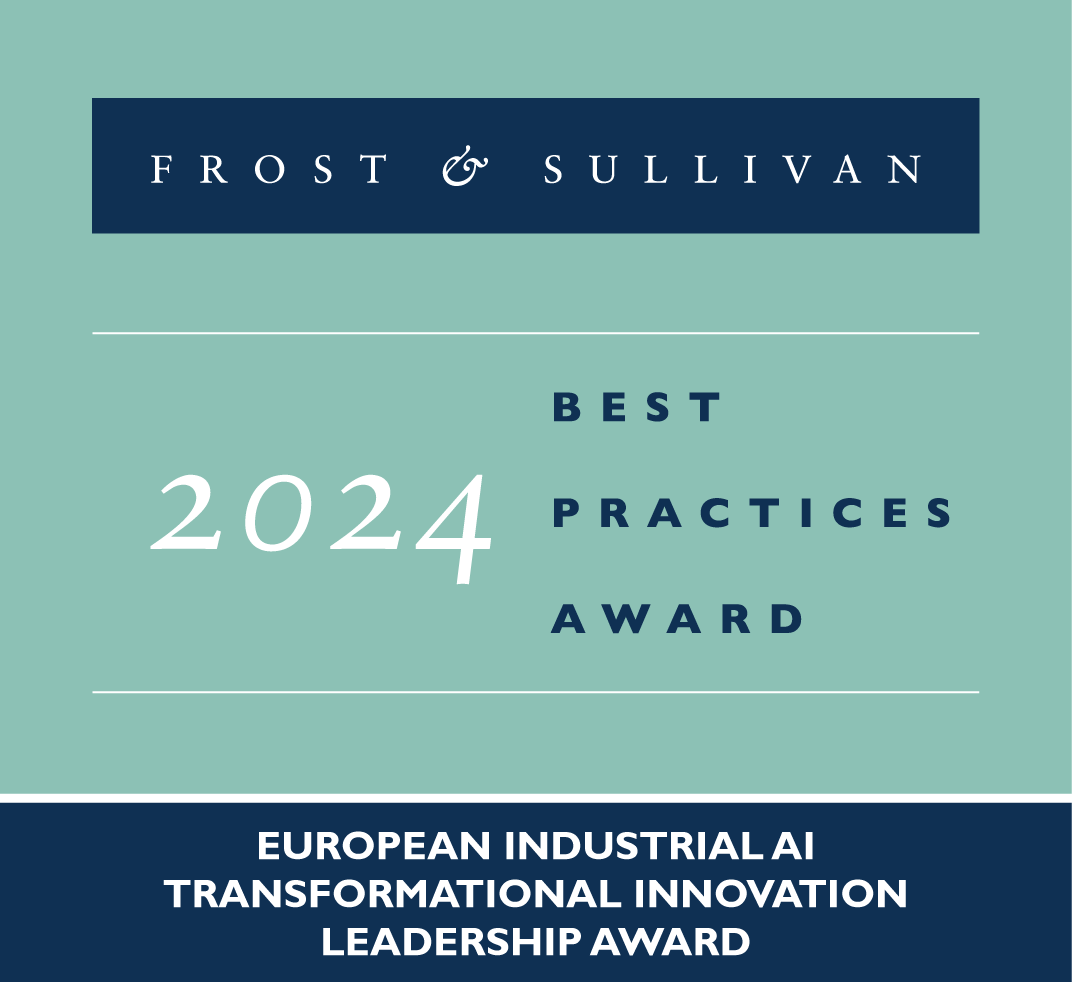Collaborations with technology developers to help bin manufacturers offer a complete smart waste solution, finds Frost & Sullivan
SANTA CLARA, Calif. – January 16, 2020 – Smart waste management through the installation of smart waste bins is expected to improve the efficiency of waste collection, transportation, and recycling of waste. As sensor-enabled bins communicate the level of waste in them, they can reduce the number of trips haulers need to make, lowering costs and greenhouse gas emissions. The $278.8 million market is expected to grow at a compound annual growth rate (CAGR) of 64.1% to touch $5.42 billion in 2025.
“Innovative treatment technologies, such as self-sorting bins, solar-powered compactors, and recyclable eWaste bins, are becoming viable solutions and hold great business potential,” said Deepthi Kumar Sugumar, Senior Research Analyst, Energy & Environment. “Cities will increasingly refurbish traditional bins by affixing sensors on them to convert them into smart bins. Emerging markets such as India, China, and Australia are especially proving strong markets for technology firms.”
Frost & Sullivan’s recent analysis, Growth Opportunities in the Global Internet of Bins Market, Forecast to 2025, examines new business models and disruptive technologies and solutions in the market. It forecasts the revenue shares of semi-underground containers, four-wheeled and front-end loaders, litter bins, underground containers, smart compactors, bins for commercial buildings, and other containers in the geographic regions of Europe, the Americas, Asia-Pacific (APAC), and the Middle East and Africa (MEA).
For further information on this analysis, please visit: http://frost.ly/3y1
“Europe is a pioneer in smart waste management with about 72% of the market share. This strong growth is due to financial constraints of cities and the need for alternatives to reduce waste collection costs,” noted Sugumar. “Other factors include a circular economy, collection and recycling targets, and government initiatives. Companies looking to tap opportunities in medium and smaller cities will aim to develop affordable and innovative Internet of Things solutions that can be customized to their needs.”
To gain a competitive edge in the market, smart bin companies need to make the most of the growth opportunities presented by:
- Providing value-added services like cleaning and maintenance, on-site waste audits, and partnering with other solution providers to develop a complete smart waste infrastructure package.
- Adopting performance-based financial business models to encourage capital investments.
- Expanding in regions that are rapidly urbanizing and generating a high volume of waste.
- Partnering with solution providers for effective design, installation, and distribution of smart devices.
- Offering accessories such as CCTV cameras for security, LED displays screening waste data, different sensors for events like tilt and fire, and remote configuration for customers.
- Developing different product lines, especially for enhancing the entire value chain. For instance, Big Data platform providers can also present basic-level sensors and image recognition technologies.
- Launching new platforms that can manage the data generated by any connected smart bin device and convey information about the usage and performance of the device.
Growth Opportunities in the Global Internet of Bins Market, Forecast to 2025 is part of Frost & Sullivan’s global Environment & Water Growth Partnership Service program.
About Frost & Sullivan
For over five decades, Frost & Sullivan has become world-renowned for its role in helping investors, corporate leaders and governments navigate economic changes and identify disruptive technologies, Mega Trends, new business models and companies to action, resulting in a continuous flow of growth opportunities to drive future success. Contact us: Start the discussion.
Growth Opportunities in the Global Internet of Bins Market, Forecast to 2025
ME0D-15
Contact:
Jaylon Brinkley
T: +1 210 247 2481
E: jaylon.brinkley@frost.com




